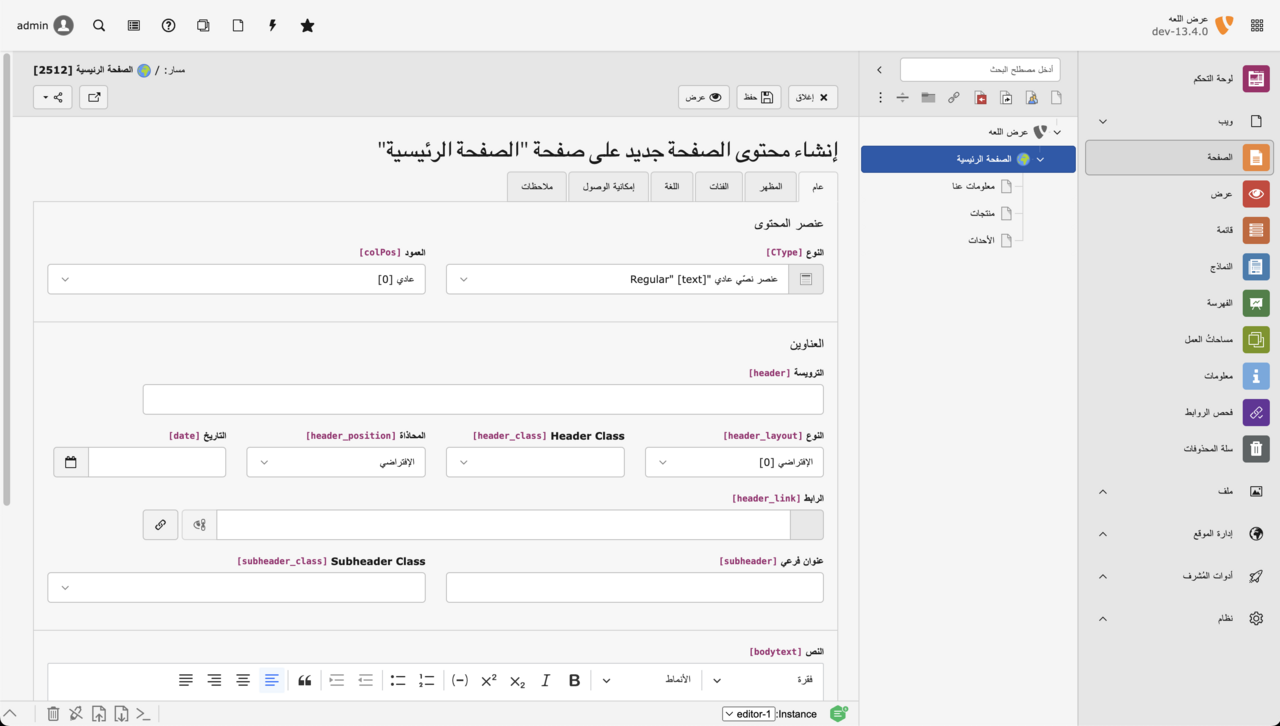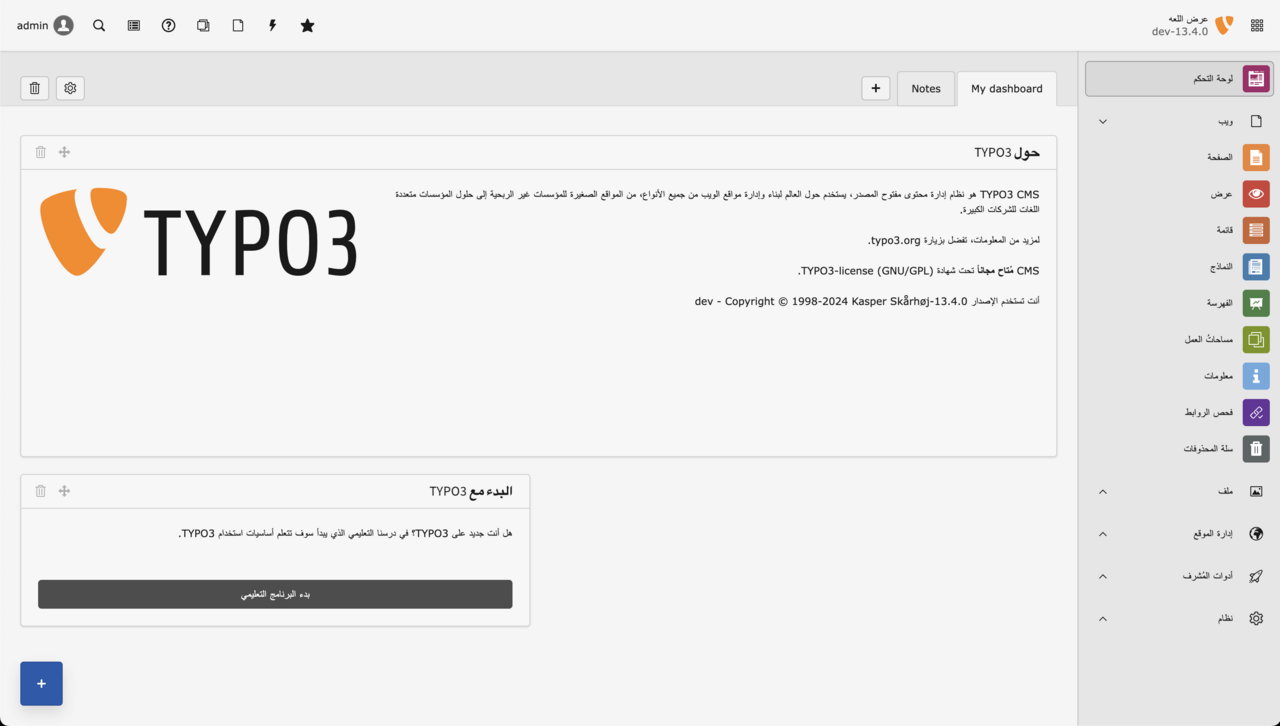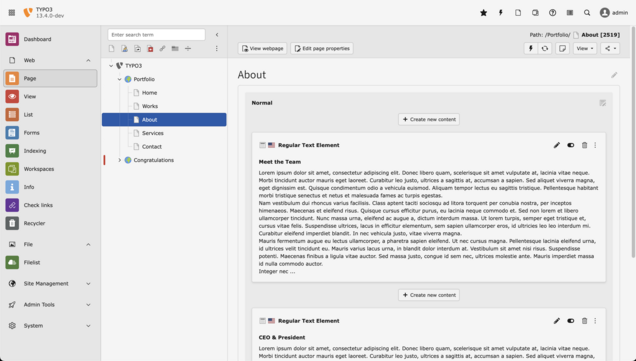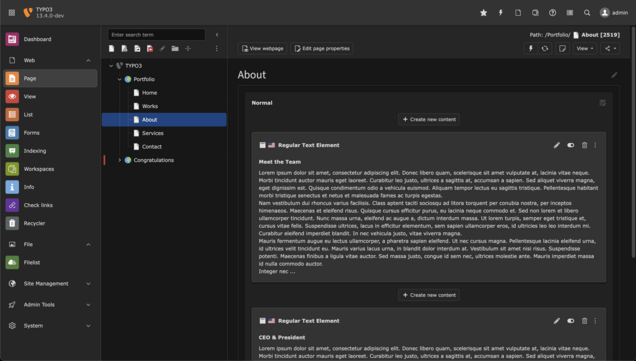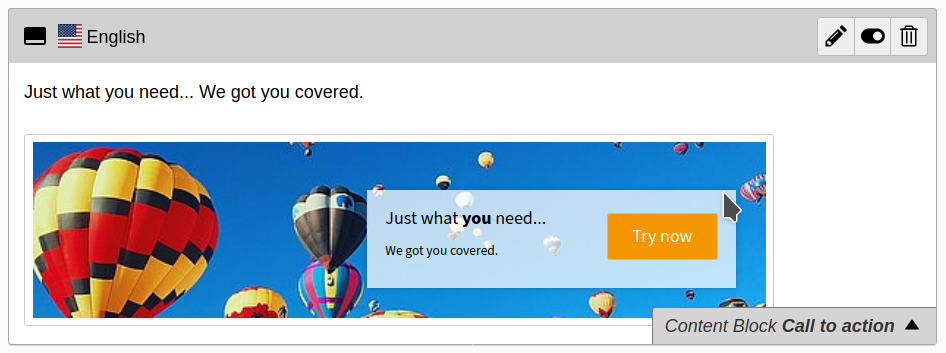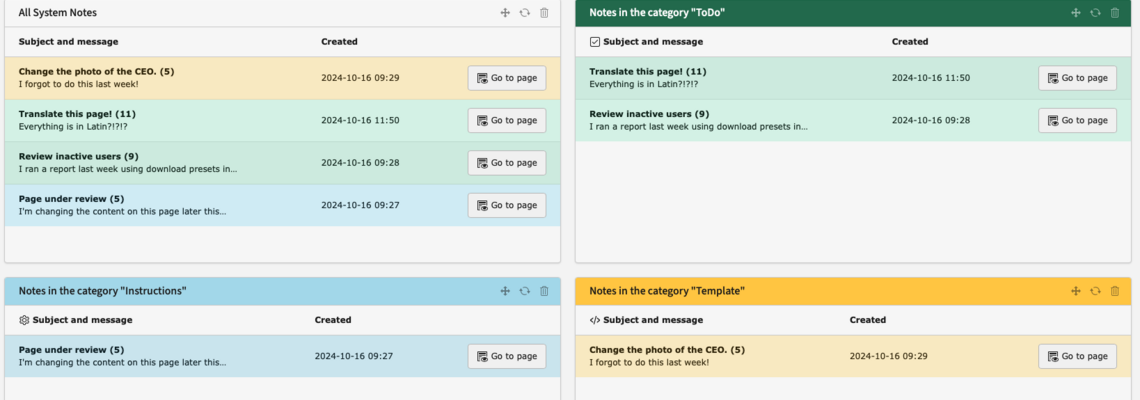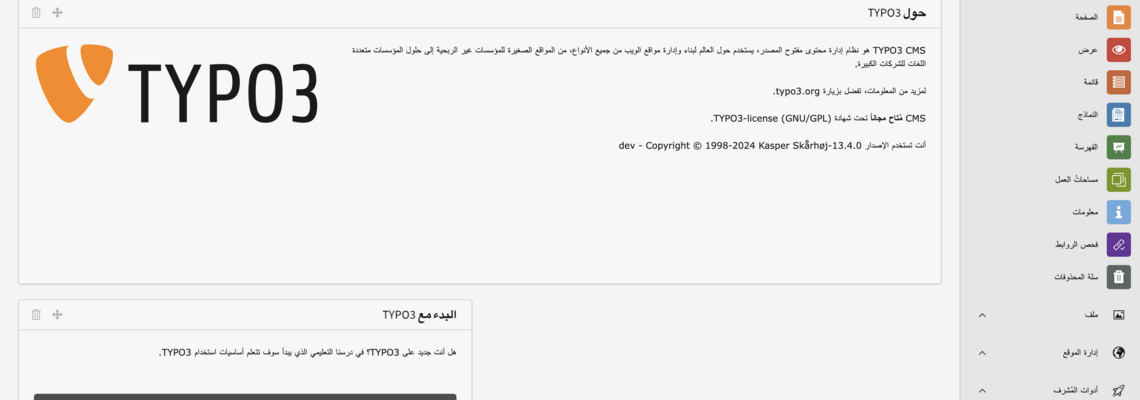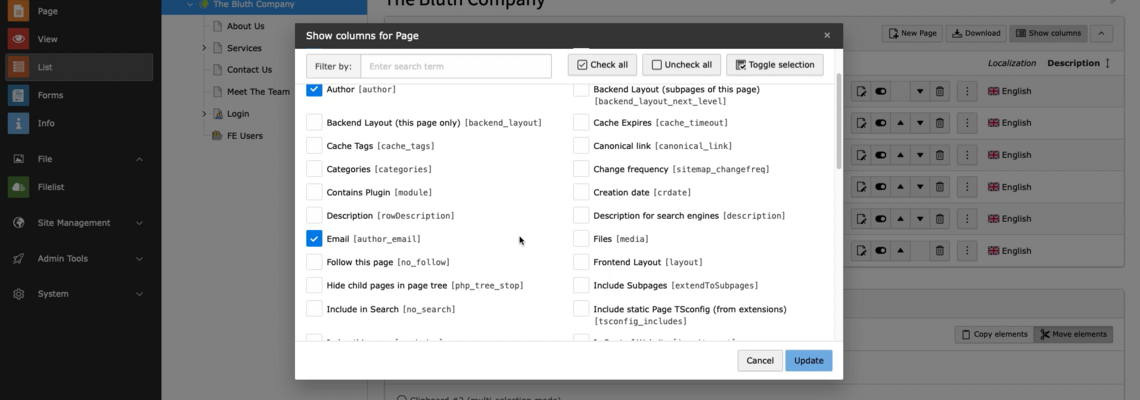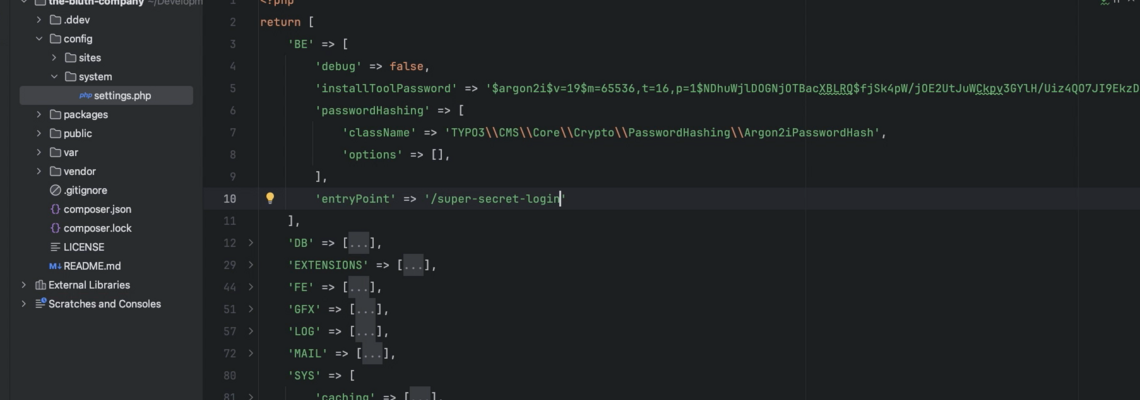
The Top New Features in TYPO3 v13
TYPO3 has long been known as a reliable choice for enterprise clients looking to effectively grow their brand’s online presence. By leveraging core components of the CMS, such as its multisite and multilingual capabilities, all while benefiting from its industry leading core web vitals scores, companies have been empowered to engage new audiences worldwide.

New Features in TYPO3 version 13
The CMS recently launched its version 13, and in October 2024 will release its v13 LTS, which is packed with a collection of exciting new features that its end users stand to benefit from. The open source CMS’s community, having listened to feedback from other community members and clients alike, have included some important new features into the product's latest version, and this blog post will cover some of the biggest additions. Let’s get started!
Feature 1: Right to Left Backend UI
As TYPO3 use continues to grow across global markets, making the backend interface accessible to as many users as possible has always been a key objective. To respond to this demand, TYPO3 v13 LTS now features a right-to-left backend UI for select languages.
Users can now enjoy localizable backend user interfaces in over 60 languages, allowing them to more easily collaborate with local partners and colleagues, and build websites that cater to their regional markets. The new feature includes the backend layout, tables, page tree, and menus, all of which are now localizable in a right-to-left format.
Feature 2: Image Rendering
Engage your audience with cutting edge images with this new feature.
Another important feature added to v13 is image rendering. Now, WebP images can now be generated by default as TYPO3’s configuration setting has been extended with .webp. In addition to this, users will benefit from native support for .svg cropping and an Install Tool / Environment Module which displays if support for generating WebP files is possible.
Finally, a new report in the Reports Module of the TYPO3 backend can inform users if TYPO3 is properly configured for generating WebP image files.
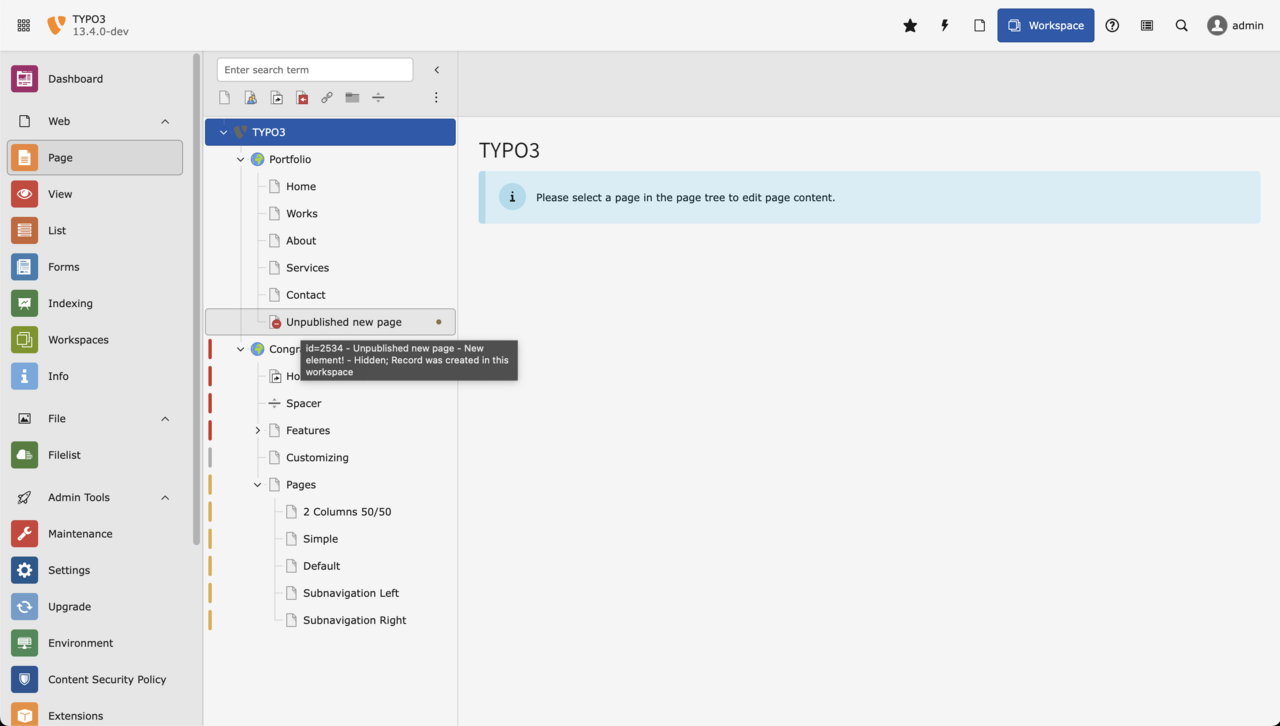
Feature 3: Reactive Pagetree
The pagetree represents a core component of the TYPO3 backend, allowing users to create a hierarchical structure for a site and its pages. As pagetrees typically correspond to the navigational structure of a site, they play an important role in the backend operation of any project built using TYPO3, and their ease of use constitutes a vital part of the user experience.
In v13, editors can now take advantage of a reactive pagetree, featuring reactive rendering, native drag & drop, improved API endpoints, and numerous other benefits such as the use of local storage.
Improved personalization options include LTR and RTL support, light and dark mode.
Feature 4: Content Blocks
An initiative coming straight from the TYPO3 Content Types team aimed at making the content creation process easier than ever before for end users, content blocks provide a new API to create various content elements. These include Content Elements, Page Types, or Generic Record Types.
The goal of this feature, which was available for testing as an extension for testing in v12 before its full release on v13.2, is to offer users a centrally maintained, easy-to-use solution for generating individual content types. To read more about it, check out the Content Types Team’s review of the feature.
Feature 5: New Integrations
The increasing interconnectedness of third-party platforms with a company’s CMS makes robust API-based integrations a necessity. From CRM tools like Hubspot, to Google Analytics, and Facebook, businesses need to be able to have a holistic view of important data from across platforms, as well as the ability to manage and send content across multiple systems.
TYPO3 v13 LTS features expanded integrations and simplifies the integration process itself with new APIs.
A Powerful CMS for Enterprises and the Public Sector
As with any open-source project, listening to community feedback and understanding the needs of end users is key to success. TYPO3 v13 is an important step in the evolution of the CMS and offers its users a wide range of practical features that both improve the accessibility of the system, and make working on it a more user-friendly experience. Already established as a CMS of choice for enterprises, government agencies, and NGO’s for its safety and reliability, along with high-performing core web vitals, the TYPO3 team now looks to enhance the backend experience, ensuring that its users can accomplish their projects more easily than ever.
How to Install TYPO3 Version 13
TYPO3 v13 is already available for installation. As an open-source project, downloading the CMS and getting started with working on some of the latest features listed above is totally free. There are some basic system requirements, such as PHP 8.2 or 8.3, a modern browser, and more.
As always though, to make the most out of your TYPO3 project, we recommend working with an Official TYPO3 Partner agency. Partner agencies provide consulting, development, and technical services to clients, enabling them to enjoy a full-range of features and ensuring a high-performing website.

